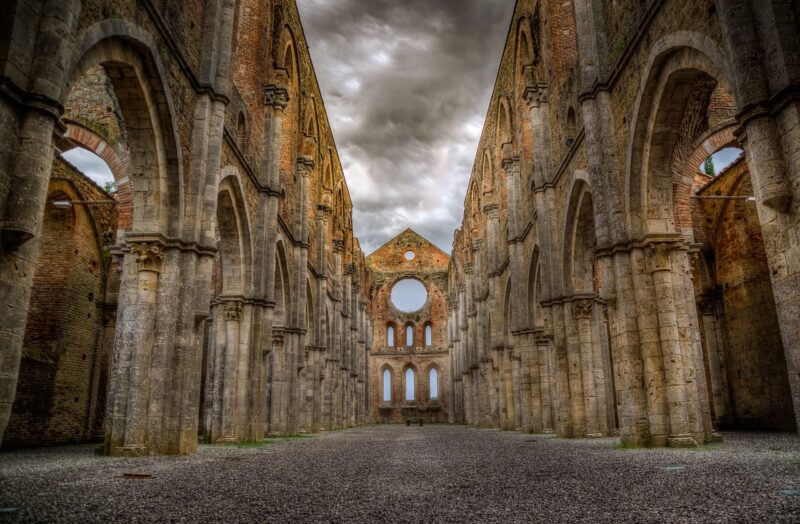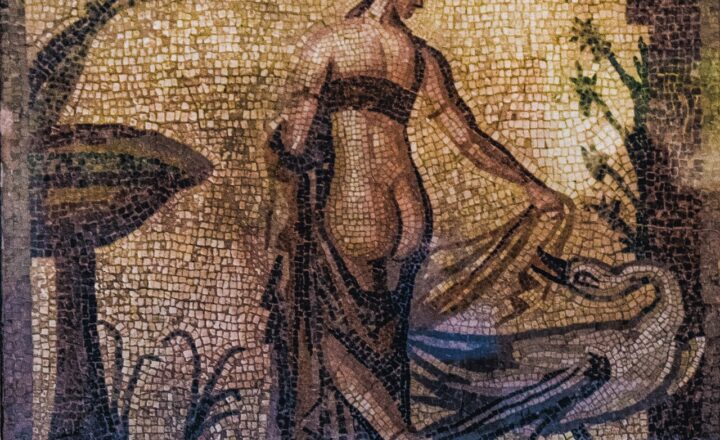Why Some of the World’s Most Remote Places Hold Secrets That Could Rewrite Human History Forever
November 17, 2024

As we delve deeper into the annals of history, it becomes increasingly evident that the narratives we often consider definitive are just the surface of a much more intricate tale. Often, it’s the most remote corners of our planet that harbor secrets capable of rewriting our understanding of human history. From untouched islands to hidden caves and ancient ruins scattered across desolate landscapes, these enigmatic locations invite both archeologists and curious minds alike to unravel the mysteries they possess.
1. The Importance of Remote Locations in Historical Research
Remote areas are often overlooked during historical research but are vital for several reasons:
- Preservation of Artifacts: Many remote locations remain untouched by modern civilization, thereby preserving artifacts and sites in their original condition.
- Alternative Perspectives: These locations might offer alternatives to mainstream historical narratives, revealing stories of lost civilizations, ancient cultures, and unexplored human activities.
- Inspiring Scientific Discoveries: Remote areas are often hotbeds for scientific exploration, leading to breakthroughs in various disciplines including archeology, anthropology, and linguistics.
In this article, we will explore some of these extraordinary locations and the secrets they hold.
2. The Nazca Lines, Peru
Located in the arid plains of southern Peru, the Nazca Lines are a collection of enormous geoglyphs that include various shapes and animals, some stretching over 1,200 feet. While they have both fascinated and baffled researchers since their discovery, their true purpose remains elusive.
Some key theories include:
- Astronomical Calendars: Some archeologists propose that the lines served as astronomical calendars, aligning with celestial bodies, aiding ancient Peruvians in agriculture and rituals.
- Religious Significance: Others believe they were part of ceremonies performed to attract water from the gods, essential for the survival of civilizations in an arid environment.
Despite extensive studies, the purpose of the Nazca Lines still remains one of history’s greatest mysteries, preserving secrets of a civilization that once thrived in the desert.
3. Easter Island: Mysteries of the Moai Statues
Easter Island (Rapa Nui) holds over 900 monumental statues known as moai, created by the Rapa Nui people between 1400 and 1650 AD. These gigantic figures have intrigued historians for centuries, primarily due to their scale and the effort it took to transport them across the island. The secrets of the moai offer fascinating insights into the island’s culture and its eventual downfall:
- Cultural Heritage: The moai epitomize the civilization’s ancestral worship, signifying a connection with their forebears and ancestral lineage that guided their way of life.
- Environmental Impact: Researchers are now exploring how the moai’s construction and movement contributed to the island’s deforestation and subsequent ecological collapse, reframing our understanding of sustainable practices in isolated environments.
The moai provide a significant window into human behavior, resilience, and the consequences of environmental exploitation, highlighting lessons applicable even today.
4. The Lost City of Atlantis: Myth or Reality?
The story of Atlantis, introduced by Plato, remains one of history’s most enduring legends. Many theorize about its actual existence, situating it in various remote locations—from the Azores to the Caribbean. What makes Atlantis significant in historic discourse is its possible representation of human folly:
- Utopian Societies: Atlantis symbolizes the pursuit of an ideal society, which, inherently flawed, faced destruction due to its inhabitants’ greed and moral decay. Understanding these themes can reflect our societal dynamics today.
- Natural Catastrophes: The myth of Atlantis may also serve as a cautionary tale about the dangers of neglecting ecological balance, presaging the catastrophic outcomes of rising sea levels and environmental destruction that could reshape human civilizations in the future.
While no empirical evidence has been conclusively linked to Atlantis, its ongoing speculation continues to provoke dialogue on cultural myths and their underlying truths.
5. Göbekli Tepe: The World’s Oldest Temple
Situated in southeastern Turkey, Göbekli Tepe dates back more than 11,000 years, predating Stonehenge by several millennia. Discovered in 1994, it has transformed our comprehension of prehistoric human societies. The findings paint a picture of hunter-gatherer communities engaging in complex social structures:
- Religious Practices: Its intricately designed stone pillars suggest ritualistic gatherings, challenging the previous notion that organized religion arose only with agricultural societies.
- Agricultural Revolution Insights: Some archeologists speculate that the site might represent an early influence on the advent of agriculture, as people began to gather not just for survival but also for communal worship, reshaping societal structures.
Göbekli Tepe symbolizes a significant turning point in human evolution, underlining the complexity of early human beings and their societal norms.
6. The Implications for Modern Society
The secrets concealed within these remote locations carry profound implications that transcend historical discourse:
- Cultural Understanding: Unraveling these mysteries fosters a greater appreciation for the diversity and complexity of human cultures, past and present.
- Ecological Awareness: Learning about past human impacts on the environment can drive discussions on sustainability, climate change, and socio-environmental interactions today.
- Inspirational Motivation: These historical enigmas encourage deeper exploration, research, and inquiry that can lead to innovative solutions to contemporary issues based on lessons learned from the past.
By exploring the intersections of history, culture, and ecology, we may discover new pathways for understanding our place in the world, ensuring the past continues to inform our future.
Conclusion
The remote corners of our planet hold invaluable secrets that are not merely pieces of outdated history but rather pivotal keys to understanding our shared humanity. As researchers continue to explore these areas, it becomes increasingly essential to preserve these sites, as they provide context for our existence and caution against the mistakes of the past. Every uncovered secret has the potential to transform our relationship with history, fueling the curiosity and ambition to probe deeper into the mysteries of who we are and how we came to be. In this pursuit, we must remain vigilant, honoring the voices of those who came before us while carving a path towards a more enlightened future.
As we look toward the horizon of what lies beneath the soil and within ancient stones, let us commit to exploring the untouched and hidden histories that could potentially rewrite everything we know about human civilization.








